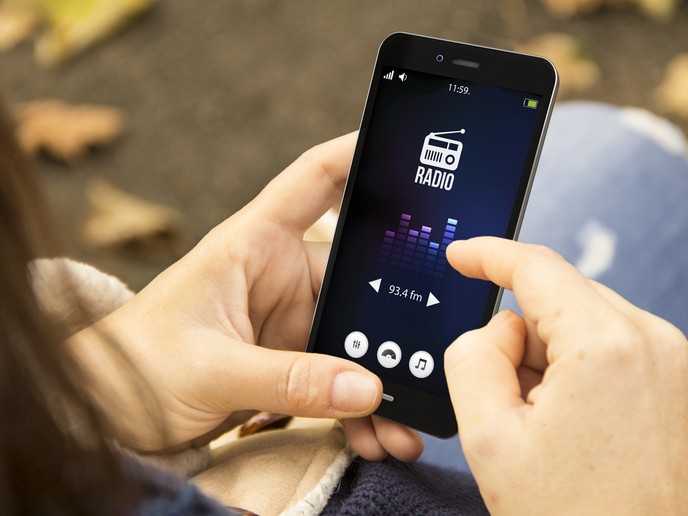Bringing radio into the 21st century
Radio remains a popular medium in Europe, with many listeners tuning in for several hours a day. However, there is a clear generational divide in listener demographics. Although use among listeners aged 40 and over remains high, it is on the decline for younger generations. This trend can largely be attributed to increasing competition from new services, the most notable being streaming platforms. Many young people favour the tailored, interactive features of streaming that, as of now, are simply not possible in a live radio broadcast. “Today’s listeners are looking for new radio experiences, and HRadio intends to bring the medium into the 21st century,” says Simon Delaere, a senior researcher in media, innovation and technology at the Free University of Brussels(opens in new window) and imec(opens in new window). HRadio (Hybrid Radio everywhere for everyone) is an EU-funded project working to leverage the full potential of hybrid technology for radio. By doing so, it aims to integrate cost-effective broadcast distribution with new online features, not only for mobile applications, but also on portals, connected radios, and in the car.
Integration, harmonisation, engagement
At the heart of HRadio is the use of multi-level technology convergence (i.e. hybrid radio) to facilitate new radio services. “The goal is to realise attractive new radio services, enabled by such technologies as infrastructure and development libraries,” says Delaere. “This will allow broadcasters to deliver time and location independent linear radio services that are seamlessly linked with personalised, on-demand content where and whenever the listener wants it.” To accomplish this, researchers are developing hybrid features and prototypes that address three key areas: integration, harmonisation and user engagement. To start, researchers created 47 use cases for integrating streaming features into live broadcast radio. Examples include interactive options like song and artist suggestions, the ability to stop/start a broadcast without missing content, and a function that transfers a listening experience from a mobile application to the car radio without interruption. One use case even allows users to automatically substitute music from their Spotify playlist whenever the radio plays a song they don’t like!
Future-proofing radio
Researchers are now focused on developing and testing prototypes that incorporate many of these features. For example, the HRadio app uses what the industry calls digital audio broadcasting (DAB) over IP to stream radio enriched with metadata over the internet. A highlight of the prototype is its time-shift feature, which allows a user to play, skip or pause a radio broadcast. The app also includes a social function that lets users share updates and communicate directly with the radio station. Other prototypes include the HRadio web view and the HRadio car app. “Each of these prototypes complements the uniqueness of radio’s live aspect with a range of streaming benefits,” says Delaere. “As a result, not only are we creating a new generation of listeners, we’re also helping future-proof this important medium.” The project was recently extended to April 2020 to finalise a large-scale test using mature prototypes. The team is also actively working with Belgian and German broadcasters to implement some of the project’s initial features into their live broadcasts – with radio stations around Europe to soon follow.







